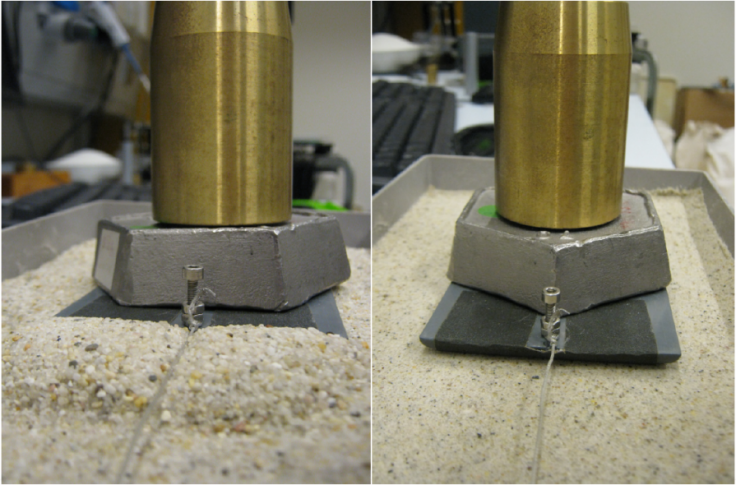Ancient Egyptians Used Wet Sand and Sledges to Move Gigantic Pyramid Stones

Physicists from the University of Amsterdam and the Fundamental Research on Matter (FOM) Foundation have figured out that the ancient Egyptians used wet desert sand in order to move large sledges laden with gigantic blocks of stones.
The construction of the pyramids is one of the most fascinating mysteries in the world and in the last few decades, Egyptologists, scientists, engineers and construction experts have conducted various experiments to try to move huge blocks of granite from quarries the same way the ancient Egyptians did.
Now, the researchers, led by FOM's Professor Daniel Bonn, have figured out that if the sand in front of the sledges was to be sufficiently dampened, only half the pulling force would be required to move the sledge and stones across the desert.
Their study, entitled "Sliding Friction on Wet and Dry Sand" is published in the Physical Review Letters journal.
Using miniature sledges in a tray of sand in laboratory experiments, the scientists added water to the sand and found that the amount of pulling force required decreased in proportion with the stiffness of the sand.

The more stiff the wet desert sand became, the easier it was to move the sledge across the sand, while dry sand would just accumulate in front of the sledge.
The researchers were inspired by a wall painting found in the tomb of Djehutihotep, a provincial governor from the 12<sup>th Dynasty in the Middle Kingdom (1900BC). The painting shows a workman pouring water over the sand just in front of a sledge laden with a giant statue.
At the moment, granular material, such as sand, asphalt, concrete and coal, accounts for about 10% of worldwide energy consumption.
According to the FOM, there is still much that is not understood about the behaviour of granular material, and research into how the materials are processed could be of huge benefit to mankind.
© Copyright IBTimes 2025. All rights reserved.




















